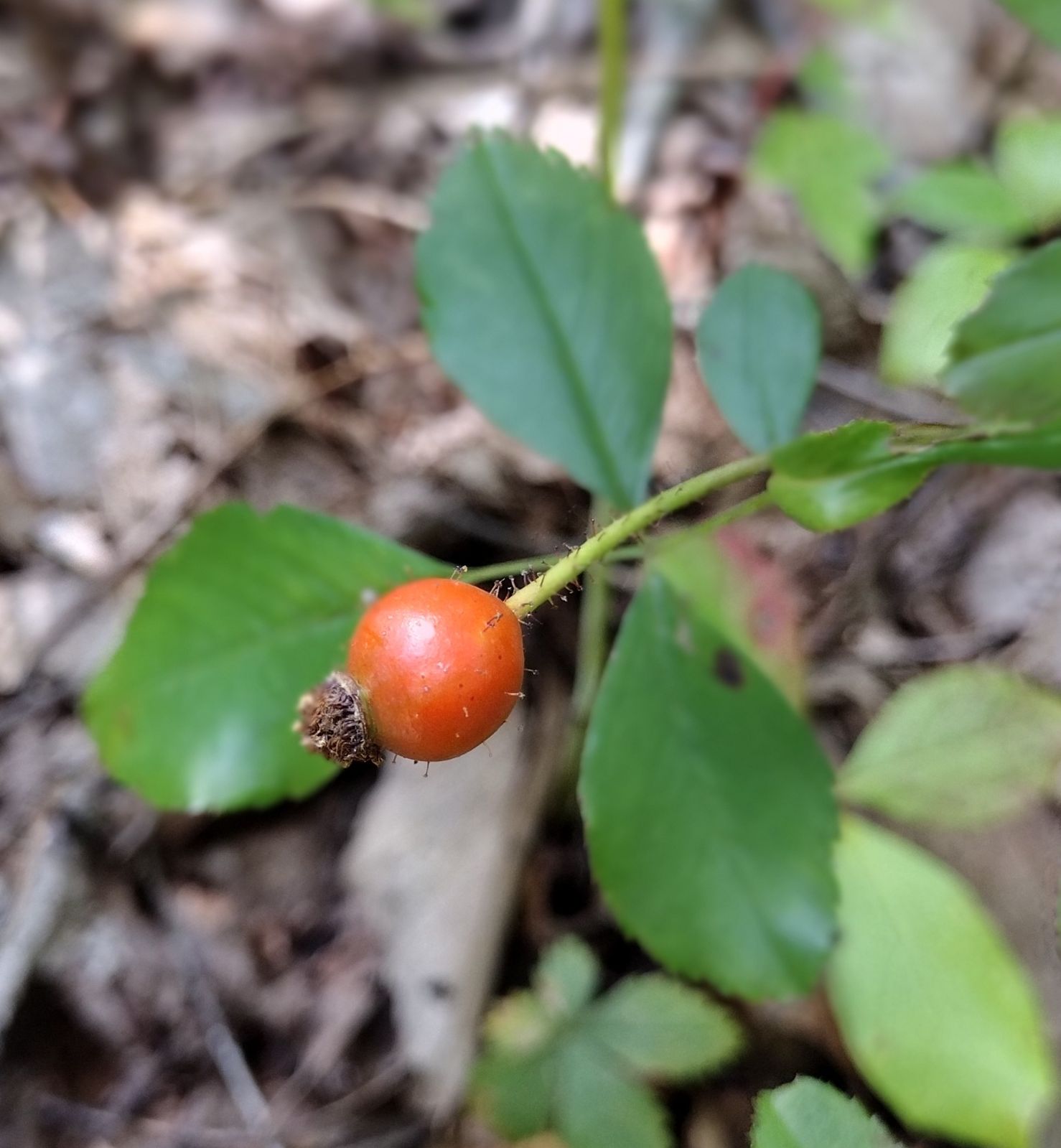Rosa carolina
Credits
Article from Bean's Trees and Shrubs Hardy in the British Isles
Recommended citation
'Rosa carolina' from the website Trees and Shrubs Online (treesandshrubsonline.
Genus
Synonyms
- R. humilis Marsh.
- R. pensylvanica Wangenh.
- R. virginiana Du Roi, not Mill.
- R. parviflora Ehrh.
- R. lyonii Pursh
- R. carolina var. villosa (Best) Rehd.
- R. humilis var. villosa Best
Infraspecifics
Other taxa in genus
- Rosa acicularis
- Rosa × alba
- Rosa albertii
- Rosa anemoniflora
- Rosa arkansana
- Rosa arvensis
- Rosa banksiae
- Rosa beggeriana
- Rosa biebersteinii
- Rosa blanda
- Rosa bracteata
- Rosa brunonii
- Rosa californica
- Rosa canina
- Rosa centifolia
- Rosa cerasocarpa
- Rosa chinensis
- Rosa corymbulosa
- Rosa damascena
- Rosa davidii
- Rosa 'Dupontii'
- Rosa ecae
- Rosa eglanteria
- Rosa elegantula
- Rosa elymaitica
- Rosa fedtschenkoana
- Rosa filipes
- Rosa foetida
- Rosa foliolosa
- Rosa × fortuniana
- Rosa × francofurtana
- Rosa gallica
- Rosa gigantea
- Rosa glauca
- Rosa glutinosa
- Rosa gymnocarpa
- Rosa × harisonii
- Rosa helenae
- Rosa hemisphaerica
- Rosa × hibernica
- Rosa hugonis
- Rosa × involuta
- Rosa jundzillii
- Rosa laevigata
- Rosa longicuspis
- Rosa 'Macrantha'
- Rosa macrophylla
- Rosa majalis
- Rosa maximowicziana
- Rosa moyesii
- Rosa mulliganii
- Rosa multibracteata
- Rosa multiflora
- Rosa nitida
- Rosa nutkana
- Rosa palustris
- Rosa pendulina
- Rosa persica
- Rosa pimpinellifolia
- Rosa pisocarpa
- Rosa × polliniana
- Rosa prattii
- Rosa pulverulenta
- Rosa × reclinata
- Rosa × reversa
- Rosa × richardii
- Rosa roxburghii
- Rosa rubiginosa
- Rosa rubus
- Rosa rugosa
- Rosa sempervirens
- Rosa sericea
- Rosa setigera
- Rosa setipoda
- Rosa sicula
- Rosa soulieana
- Rosa stellata
- Rosa tomentosa
- Rosa villosa
- Rosa virginiana
- Rosa 'Watsoniana'
- Rosa webbiana
- Rosa wichuraiana
- Rosa willmottiae
- Rosa xanthina
A small, suckering shrub, rarely more than 3 ft high in the wild; stems from the stolons densely clad with prickly bristles; upper stems with straight, slender prickles, which are usually paired at the nodes, scattered but fairly numerous between the nodes. Leaflets five or, more commonly, seven, elliptic or narrowly ovate, 5⁄8 to 11⁄2 in. long, sharply toothed, the teeth rather spreading and averaging about twelve on each side, dull or slightly lustrous above, glabrous on both sides or softly downy beneath. Stipules narrow, the adnate halves of each pair more or less parallel and sometimes upfolded, forming a tube. Flowers in June or early July, solitary, or few in a corymb, 11⁄2 to 2 in. wide, light pink. Pedicels and receptacle usually clad with stalked glands. Fruits red, more or less globular, about 3⁄8 in. wide.
Native of N. America from Maine to Florida, west to the Prairie States and Texas, inhabiting mainly dry and open habitats; cultivated by James Sherard at Eltham, in 1732, but uncommon in gardens, where it has been confused with R. palustris.

